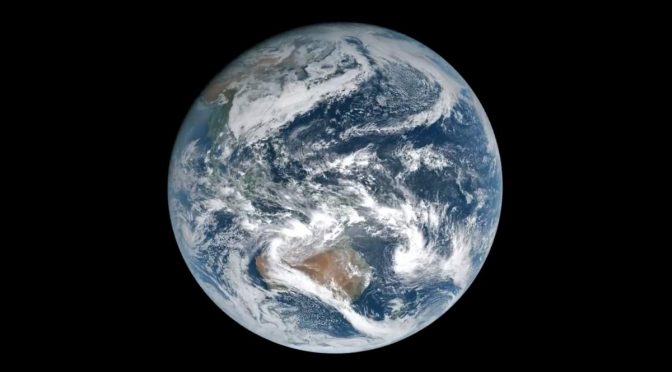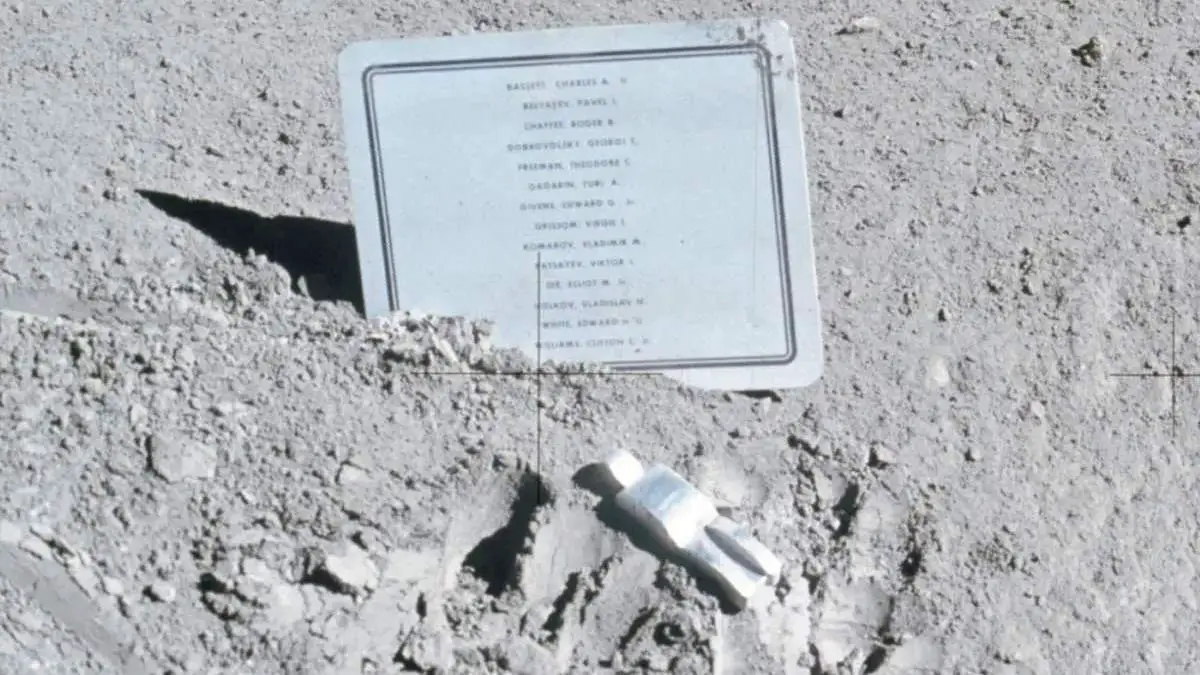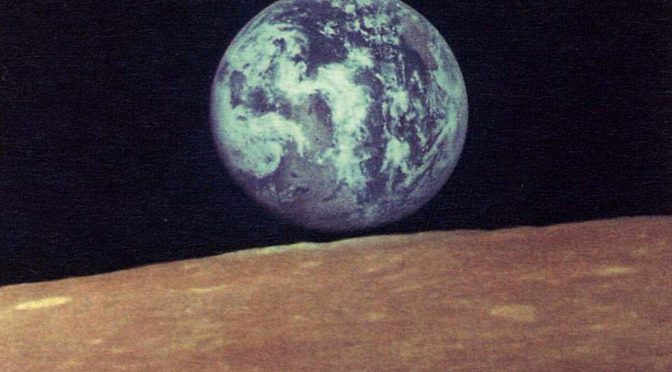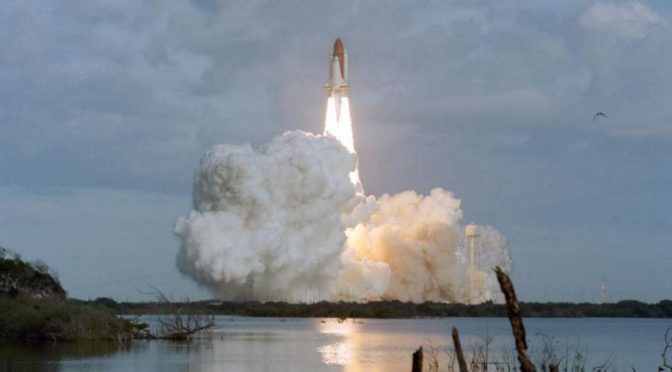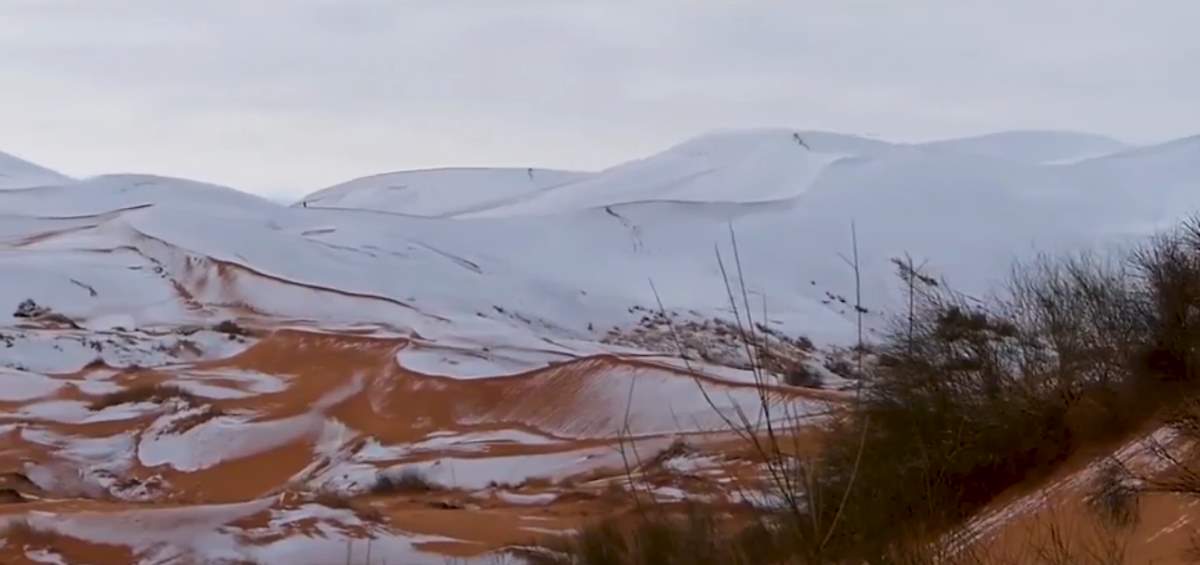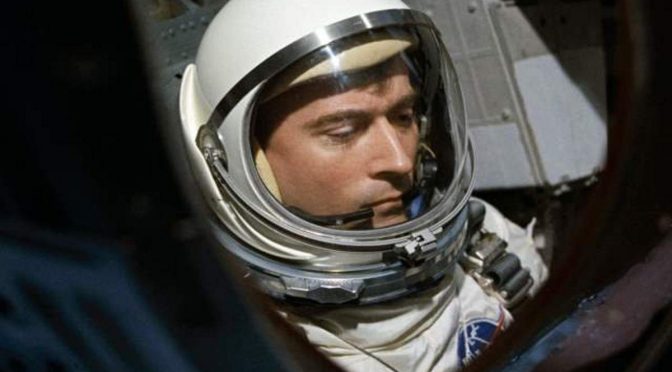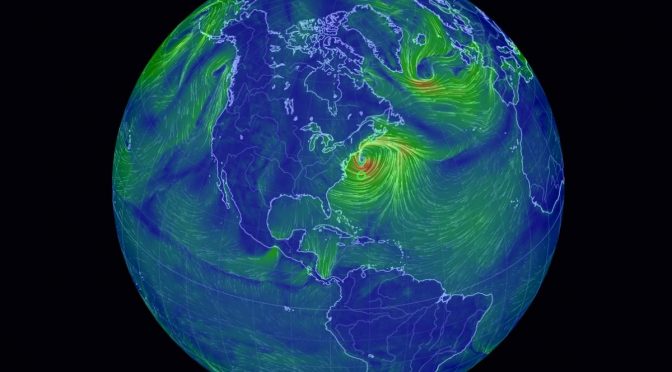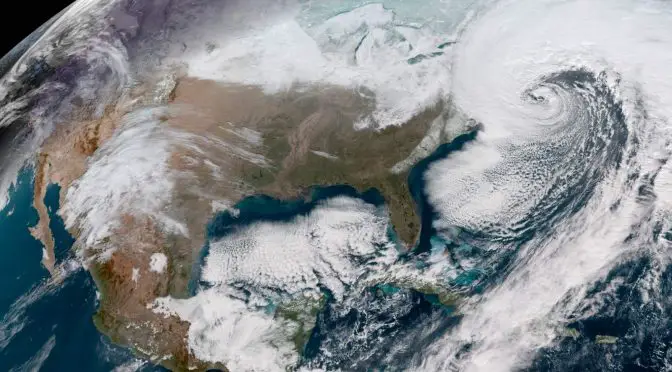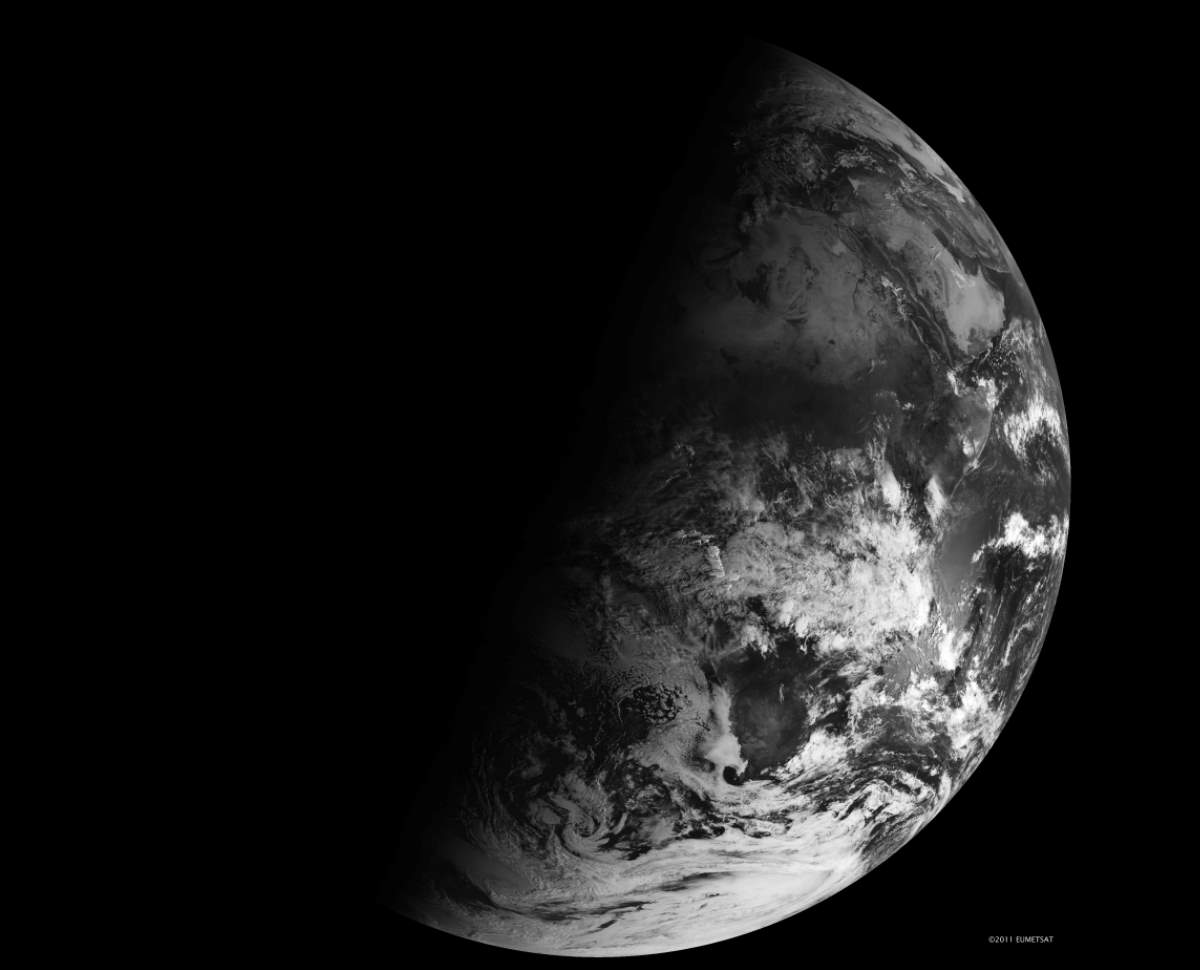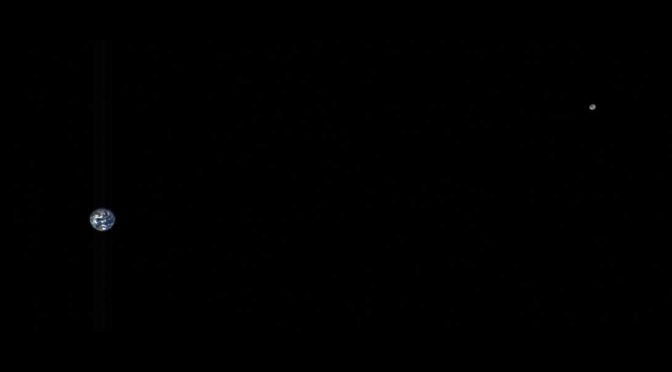An amazing time-lapse video of Earth from the geostationary orbit (see notes 1). The video was generated from the images taken by the Japanese weather satellite Himawari 8, which takes a photo of Earth every 10 minutes. Himawari 8 is the 8th of the Himawari geostationary weather satellites operated by the Japan Meteorological Agency.
